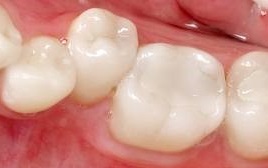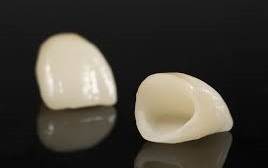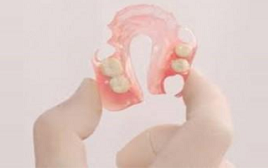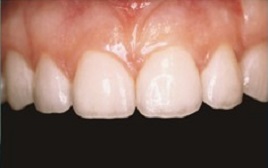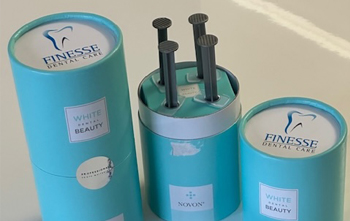Root Canal Treatment
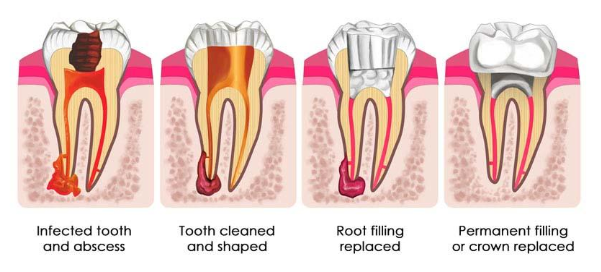
Also known as endodontic therapy it involves removing damaged or dead pulp in the tooth and then filling the pulp space. This treatment helps to save the tooth instead of extraction.
Before root canal treatment can be started the tooth is assessed to make sure it is not too severely damaged and there is sufficient remaining tooth to restore it to a healthy functioning unit.
Once this is established and after suitable anesthesia has been achieved, the tooth is isolated with a rubber or dental dam. This is placed to make sure the tooth is treated in a clean and sterile environment and the tissues are protected during the procedure.
After isolation an access cavity is made in the centre of the tooth to reach the pulp space and allow location of small root canals within the root. There may be a number of these canals in a tooth depending on what type of tooth is being treated. The root canals can vary in size but generally are quite small.
The canals are enlarged using a variety of small dental instruments called files to allow the delivery of a suitable irrigant solution to clean the complete pulp space. This is a highly skilled procedure and we need to use a number of small specialised instruments when treating the canals.
Once the canal space has been enlarged and cleaned fully it can be filled with a suitable root canal filling material. The choice of when to do this will vary as the tooth may need more than one treatment to complete the procedure. If the canal cannot be fully cleaned and dried following one procedure a dressing may be placed inside the canals to permit the treatment to be completed at a future visit. The commonest filling material is called gutta percha and a number of gutta percha cones can be inserted into the root canals using varying techniques to completely fill the prepared spaces. It is currently thought that a well filled or obturated canal can prevent bacteria from infecting the tooth again.
Following the filling of the root canals the tooth can be restored with a suitable restoration to seal the root canals and further protect them from entry of bacteria from the mouth. We may advise you to have a more extensive definitive restoration of the tooth such as crown that protects it from future fracture.
With proper restoration and care your tooth may last a lifetime after root canal treatment. Proper dental care includes regular brushing and flossing, balanced diet and periodic dental check-ups.
Following the completion of treatment and a period of healing the tissues around the root return to normal and radiographs will show a resolution of any shadows around the roots of the teeth.
Endodontic treatment saves teeth that would otherwise need to be extracted. Although the pulp is removed, the treated tooth remains alive, nourished by the surrounding tissues. There is no real substitute for your own tooth in terms of health and investment.
With the use of modern techniques, root canal therapy typically involves little or no discomfort. Often there is pain before treatment and endodontic therapy provides relief.
Cleaning the root canals may cause some slight tenderness but usually over-the-counter pain killers alleviate the discomfort. If pain persists or if you experience severe pain, contact the practice.
The expense of an endodontic procedure varies depending on how severe the problem is and the type of tooth Molars with two or three canals are more difficult to treat and the fee will therefore be more. Endodontic treatment is usually more economical in the long term than any other alternative treatment.
The alternative to endodontic treatment is extraction of the tooth. Loss of a tooth could create a functional problem such as chewing or an aesthetic problem. Restoring the lost tooth may involve the provision of a prosthetic replacement such as a denture, bridge or a dental implant the costs of which are variable.
Occasionally a tooth cannot be saved. Endodontic treatment can be performed only if the root canals are accessible and can be adequately cleaned and sealed. The tooth must also have sufficient bone support. We only carry out treatment where we can give a good long term outlook.
Endodontic treatment can have success rate of up to 90% in general if carried out to a good standard allowing the tooth to remain in function. Problems can occur if the tooth develops decay or the restoration on the tooth fails, or on occasions despite good care the tooth may not heal as expected. Further endodontic treatment or surgery may be carried out if appropriate. A tooth that develops a crack can also be a cause of failure and may result in loss of the tooth.
Your tooth should be examined at regular intervals after treatment to make sure that it has properly healed.
Teeth that have had endodontic (root canal) treatment can last as long as natural teeth, however, in some cases the treatment can fail or symptoms can persist. This may happen shortly after the treatment has been performed or even years following the treatment.
In these cases it may be possible to carry out the treatment again, a procedure called endodontic retreatment.







